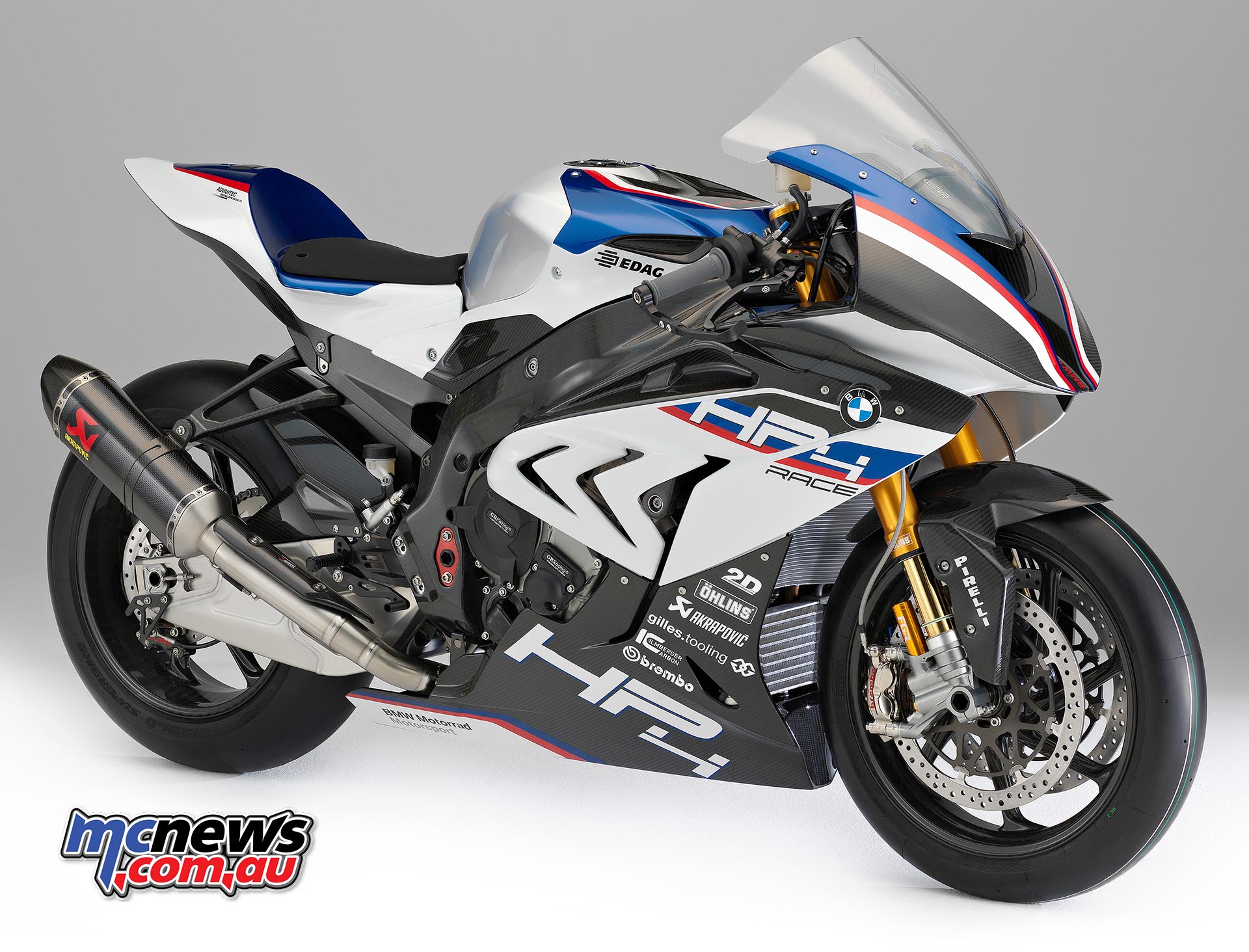Moto2 Engine Preparation

Behind The Scenes with ExternPro who build the Honda CBR600RR based Moto2 engines
Moto2 riders have ridden to the moon and back almost three times since the creation of the Honda-powered intermediate World Championship in 2010.
The company behind this incredible figure is ExternPro, based at Motorland Aragon in Spain. ExternPro took over Moto2 engine preparation from Geo Technology at the end of the 2012 season and is responsible for more than half the total distance travelled by Moto2 riders in the championship’s five and a half seasons, which stands at around two million kilometres.
Each Moto2 rider gets a new or reconditioned CBR600RR engine at every third race throughout the 18-race series, the engines allocated via a lottery system.
Seven staff work full-time at ExternPro to ensure that all riders receive engines that offer reliable and equivalent performance. They have about 200 CBR engines, which are in constant circulation between the riders, the rebuild bay and the dyno.
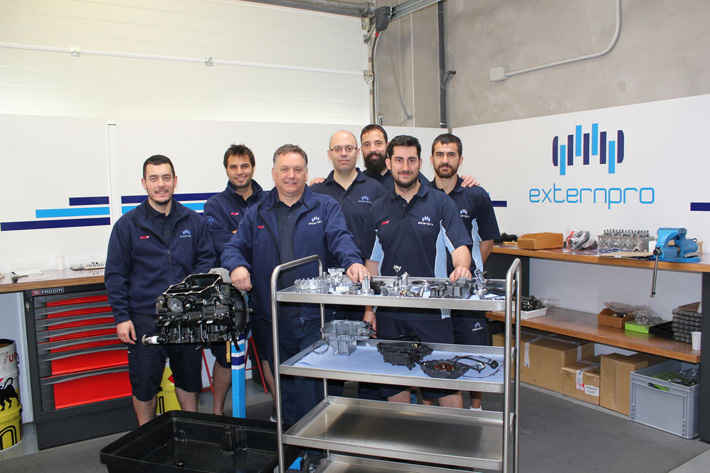
Moto2 CBR600RR Engines Parts man Asier Maldanado with a few Honda CBR600RR engines. Externpro has 200 CBR600RR engines in rotation between racing and rebuilding
“Our motto is ‘no mistakes’,” says Trevor Morris, ExternPro Technical Director who has been involved in Grand Prix racing since 1980, working with a who’s who of GP racers, from John Ekerold and Niall Mackenzie to Nicky Hayden and Mika Kallio. “We probably go a bit over the top with our preparation, but the idea is to maximize reliability and equality between all engines.”
Moto2 engines are lightly tuned versions of Honda’s standard CBR600RR streetbike engine, using HRC race kit parts that include a ported cylinder head, camshafts, valve springs, ECU, AC generator and a taller first gear. Pistons, crankshaft, connecting rods, gearbox and so on are standard CBR items.
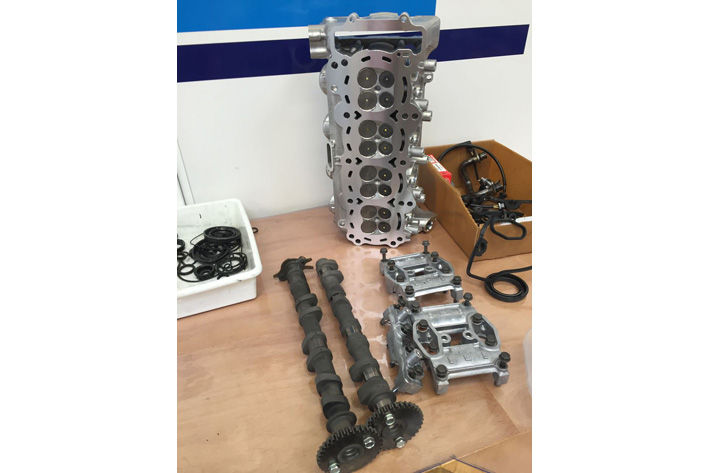
Engines are reconditioned after three Grands Prix with new pistons, crankshaft and rods. All engines are numbered, with a detailed record available for each, and sealed in four places to ensure that teams cannot make their own internal modifications.
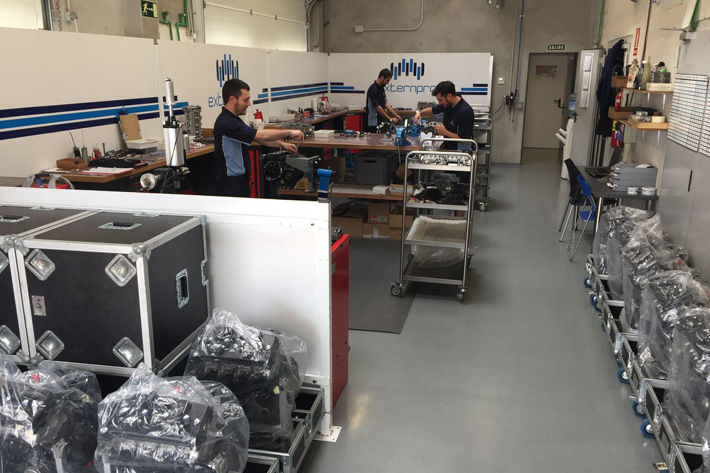
Moto2 engines live an incredibly tough life, with the world’s best up-and-coming riders taking them to the limit and beyond in a quest for success that they hope will take them into the premier MotoGP class.
Moto2 riders execute about 90,000 gear shifts per Grand Prix weekend, which adds up to 1.6 million for the season! The ECU has a rev limiter set at 15,900rpm but some riders regularly exceed this limit on downshifts.
“We’ve had some top riders who like to use over 17,000rpm on downshifts,” adds Morris. “As part of the Moto2 system, we get all the data from all the bikes immediately after every session and race, so we can make sure that no one is doing anything they shouldn’t do. Our software automatically highlights anything that’s outside the normal parameters, like extreme rpm or high water temperature. If we see a rider using too many revs when he’s going down through the gears, I’ll visit his team to tell him the engine will be fine, but if he keeps over-revving it like that, it’s bound to lose a bit of power by that engine’s third race.”
ExternPro’s contract with MotoGP rights-holders Dorna allows a three percent variance in peak horsepower – just under 130 horsepower – but the company’s dedication to excellence has helped them to reduce that difference to around one percent.
“We’ve just tested a batch of 60 engines and they were all within 1.2 horsepower of each other – that’s down to Honda production quality and the work we do at ExternPro,” says Morris, who has worked on all kinds of Honda race bikes over the years from the NSR500 two-stroke to the RC211V MotoGP bike.
“We replicate all our processes to minimize any discrepancies, then we put together graded batches of engines, to make sure that there’s virtually no difference between all the engines in each batch. That way, all the riders know they’ll have a competitive engine.”
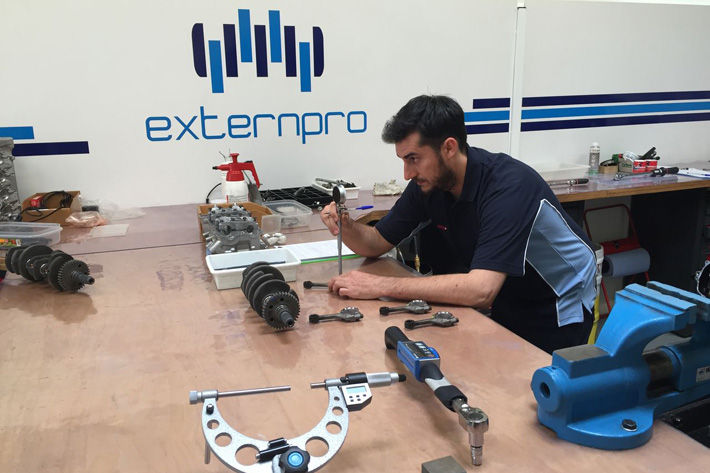
After the rebuild process all engines – which run on Elf fuel and Liqui Moly lubricants – are run in and tested on ExternPro’s in-house dynamometer. The power made by each engine is transferred to the electricity grid.
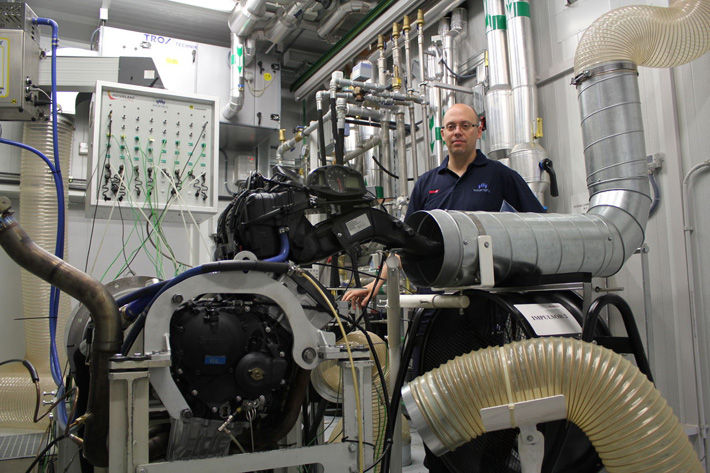
“We run them in for two hours on the dyno, so that the guys can use maximum throttle from the moment they first get the engine, so they don’t have to waste valuable track time running in. After we’ve run in each engine, we record its horsepower, make a pressure check and analyze an oil sample to ensure the run-in procedure was completed without problems.”

The concept of the Moto2 series is low cost and equality of technology, which helps riders shine through with their talent.
“There’s also another benefit which some of team owners tell me about,” says Morris. “They like the series because the costs are very black and white. They pay a set amount for engine supply per season means so they can budget much more accurately. They don’t have to worry about paying for engine R&D, paying a new tuner, paying for engine rebuilds and breakages and so on, which are all unknowns in a normal race series.”
The philosophy of Moto2 is to focus on the riders, who can concentrate on honing their skills because they don’t need to spend so much time in the pits setting up their engines.
Moto2 riders are now spending more and more time on track, with 2014 champion Tito Rabat starting the trend of leaving the pits at the start of each session and returning at the end, rather than making several visits to his crew for minor adjustments. This allows riders to perfect their skills for each track; it also means that many riders now exceed the 500 kilometers allowed per weekend, but without any negative effect on the engines.
ExternPro have had just five engine failures in a million kilometers. Three of those were due to broken cranks bolts, a problem that was traced to running the engines without the standard starter motor, a modification that altered the engine’s harmonics. This issue was solved by redesigning the crank bolt and thrust washer.
“Having worked in motor sport for a long time I know that many engine failures are due to human error, so I really push the guys to understand that every little thing they do to the engines really does count,” Morris adds.
The Aragon Motorland Technology Park was established with the help of local government grants, which were made with the intention of getting locals back to work. Thus Morris is the only non-local at the company. The other six staff were all new to the motor sport world: engine builders Carlos Lorenz, Alberto Omedes and Juan Uson, data engineer Alfonso Cartujo, dyno engineer Alejandro Soriano and parts man/coordinator Asier Maldanado.
Engines are transported in flight-cases, via the ExternPro truck in Europe and via Dorna’s chartered planes for flyaway races.
The current Honda and ExternPro Moto2 contract continues to the end of the 2018 World Championship season.
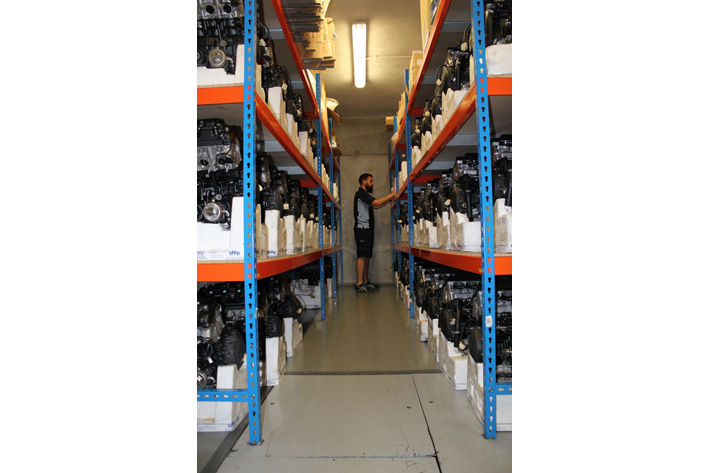
NB: Words and images were provided by Honda Media





